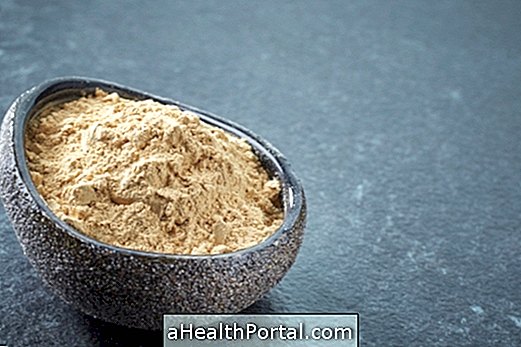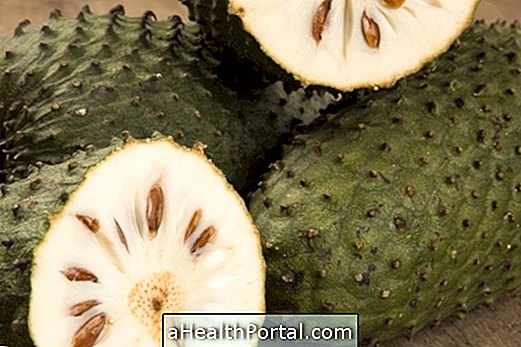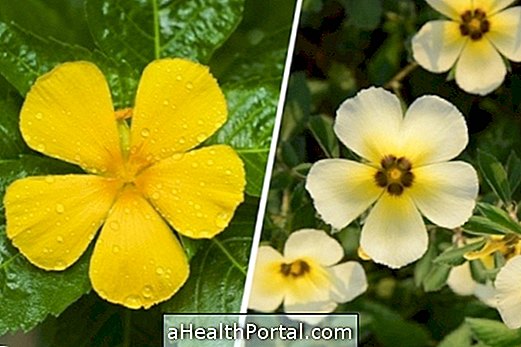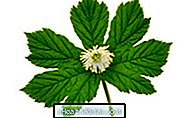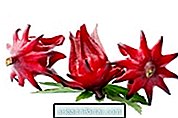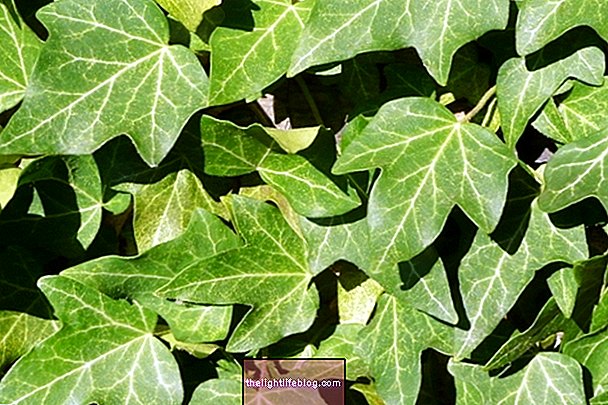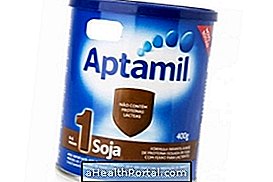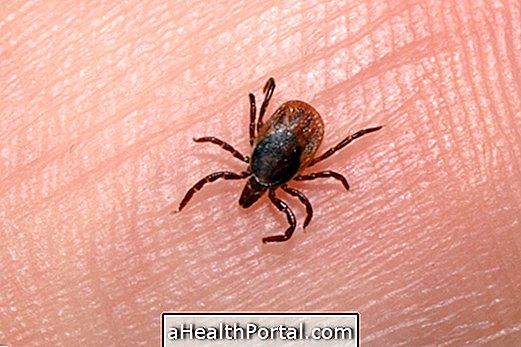Pariri is a climbing plant, with green leaves and pink or purple flowers, which has medicinal properties and therefore can be used as a home remedy. When fermented, its leaves provide a red dye that serves as a pigment to the cotton.
Pariri can be used as a home remedy for inflammation in the uterus, conjunctivitis and anemia and its scientific name is Arrabidaea Chica. Other popular names for Pariri are Cipó cruz, Carajurú, Puca panga, Paripari, Cipo-pau, Piranga and Crajiru.
This plant can be bought, mainly, in natural products stores.


What is it for
Pariri serves to treat intestinal pain, hemorrhage, anemia, diarrhea and bloody diarrhea, jaundice, vaginal discharge, skin sores, gynecological inflammation, conjunctivitis.
Its effect on the treatment of some types of cancer lacks a scientific basis for this purpose, but it is popularly believed that this plant can increase the red blood cells and platelets that tend to decrease during the treatment with radiotherapy and chemotherapy.
properties
Pariri has expectorant, anti-inflammatory, anti-diabetic, astringent, healing, antimicrobial, aphrodisiac, antifungal, antianemic and fortifying properties.
How to use
The most used part of pariri is its flowers, which can be used in teas, infusions and ointments.
- Infusion of pariri tea: Use 3 to 4 large leaves or 2 tablespoons of chopped leaves for one liter of water. After boiling the water, pour it over the leaves in a container, smother and let cool. Tea should be consumed naturally and within 24 hours or applied directly to the skin for the treatment of wounds and inflammations.
- Parery ointment: Macerate 4 leaves in half a glass of water. Used in cases of uterine inflammation, bleeding and diarrhea.
Pariri extract can be used to eliminate swelling and venom from snakes in the Amazon region, when applied up to 6 hours after the bite.
Side effects
Pariri has few side effects, having low toxin content. But no treatment should be done without medical advice and no medicinal plant should be consumed in excess.
Contraindications
It should not be used by those who are hypersensitive to anisic acid, cajurin, tannins, bixin, saponin, assimilable iron and cyanocobalamin.
